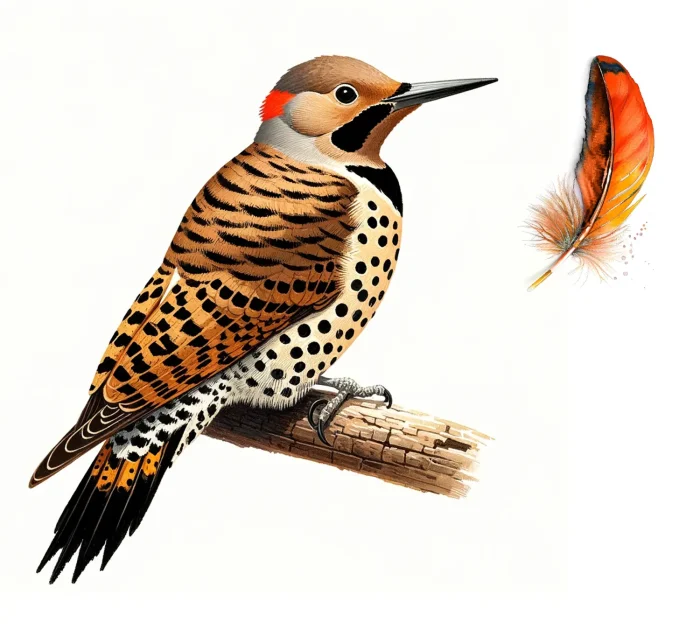

Northern Flicker Woodpecker
Yellowhammer, Clape, Gaffer Woodpecker, Harry-wicket, Wake-up, Walk-up
Colaptes auratus
This page may contain affiliate links.
Read our disclosure and privacy policy here.
Have you ever heard a loud knock in the forest and wondered who’s there? It might just be the Northern Flicker woodpecker! These birds are like nature’s drummers, and they’ve got a beat that catches everyone’s attention. With their spotted bellies and flashy red or yellow feathers that flash when they fly, Northern Flickers are not your average tree-climber. You can find these birds across North America – from Alaska to Cuba, and they love to call open forests, parklands, and even backyards their home.
Northern Flicker Woodpecker

There’s a lot to explore right where we are, in our own neighborhoods and backyards! Join us while we get off the couch and explore the everyday wonders of nature, science, space, engineering, art, and anything else we stumble upon during on our adventures.







